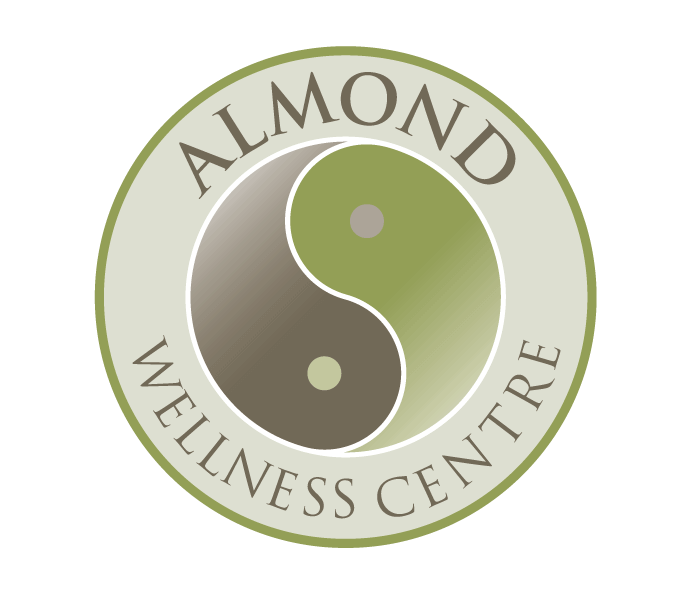List are a few researches of acupuncture Chinese herbal medicine for endometriosis. Note: AHPRA may not accept those evidence.
PLoS One. 2017; 12(10): e0186616.
Table of Centents
Effects of acupuncture for the treatment of endometriosis-related pain: A systematic review and meta-analysis – 2017
Author’s conclusions
Acupuncture can alleviate the pain of dysmenorrhoea and reduce peripheral blood CA-125. As a result, the therapy could be applied as a complementary treatment for endometriosis-related pain.
However, few randomised, blinded clinical trials have addressed the efficacy of acupuncture in treating endometriosis-related pain. Nonetheless, the current literature consistently finds that acupuncture yields better reductions in pain and serum CA-125 levels than do control treatments, regardless of the control intervention used.
To confirm this finding, additional studies with proper controls, blinding methods, and adequate sample sizes are needed.
Cochrane Database of Systematic Reviews
Chinese herbal medicine for endometriosis (Review 2012)
Main results
Two Chinese RCTs involving 158 women were included in this review. Although both these trials described adequate methodology they were of limited quality. Neither trial compared CHM with placebo treatment. There was no evidence of a significant difference in rates of symptomatic relief between CHM and gestrinone administered subsequent to laparoscopic surgery (RR 1.04, 95% CI 0.91 to 1.18). There was no significant difference between the CHM and gestrinone groups with regard to the total pregnancy rate (69.6% versus 59.1%; RR 1.18, 95% CI 0.87 to 1.59, one RCT).
CHM administered orally and then in conjunction with a herbal enema resulted in a greater proportion of women obtaining symptomatic relief than with danazol (RR 5.06, 95% CI 1.28 to 20.05; RR 5.63, 95% CI 1.47 to 21.54, respectively). Oral plus enema administration of CHM resulted in a greater reduction in average dysmenorrhoea pain scores than did danazol (mean difference (MD) -2.90, 95%
CI -4.55 to -1.25). For lumbosacral pain, rectal discomfort, or vaginal nodules tenderness, there was no significant difference between CHM and danazol.
Overall, 100% of women in both studies showed some improvement in their symptoms. Women taking CHM had fewer side effects than those taking either gestrinone or danazol.
Authors’ conclusions
Post-surgical administration of CHM may have comparable benefits to gestrinone. Oral CHM may have a better overall treatment effect than danazol and it may be more effective in relieving dysmenorrhoea when used in conjunction with a CHM enema. CHM appears to have fewer side effects than either gestrinone or danazol. However, more rigorous research is required to accurately assess the potential role of CHM in treating endometriosis.
Plain language summary
Chinese herbs for endometriosis
Endometriosis is a common gynaecological condition causing menstrual and pelvic pain. Treatment involves surgery and hormonal drugs, with potentially unpleasant side effects and high rates of reoccurrence of endometriosis. The two small studies in this review suggest that Chinese herbal medicine (CHM) may be as effective as gestrinone and may be more effective than danazol in relieving
endometriosis-related pain, with fewer side effects than experienced with conventional treatment. However, the two trials included in this review were small and of limited quality so these findings must be interpreted cautiously. Better quality randomised controlled trials are needed to investigate apossible role for CHM in the treatment of endometriosis.
Acupuncture for pain in endometriosis (Review 2011)
https://www.cochranelibrary.com/cdsr/doi/10.1002/14651858.CD007864.pub2/epdf/standard
Main results
Twenty-four studies were identified that involved acupuncture for endometriosis; however only one trial, enrolling 67 participants, met all the inclusion criteria. The single included trial defined pain scores and cure rates according to the Guideline for Clinical Research on New Chinese Medicine. Dysmenorrhoea scores were lower in the acupuncture group (mean difference -4.81 points, 95% confidence interval -6.25 to -3.37, P < 0.00001) using the 15-point Guideline for Clinical Research on New Chinese Medicine for Treatment of Pelvic Endometriosis scale. The total effective rate (’cured’, ’significantly effective’ or ’effective’) for auricular acupuncture and Chinese herbal medicine was 91.9% and 60%, respectively (risk ratio 3.04, 95% confidence interval 1.65 to 5.62, P = 0.0004).
The improvement rate did not differ significantly between auricular acupuncture and Chinese herbal medicine for cases of mild to moderate dysmenorrhoea, whereas auricular acupuncture did significantly reduce pain in cases of severe dysmenorrhoea. Data were not available for secondary outcomes measures.
Authors’ conclusions
The evidence to support the effectiveness of acupuncture for pain in endometriosis is limited, based on the results of only a single study that was included in this review. This review highlights the necessity for developing future studies that are well-designed, double-blinded, randomised controlled trials that assess various types of acupuncture in comparison to conventional therapies.
Plain language summary
Acupuncture for pain in endometriosis
Endometriosis is a gynaecological disease that causes chronic pelvic pain, most notably painful menstruation, as the most common complaint. Acupuncture is frequently used to treat both pain and various gynaecological conditions. This review examined the effectiveness of acupuncture for reducing pain in endometriosis; however only one study met our inclusion criteria.
The data from the included study, involving 67 women, indicated that ear acupuncture is more effective compared to Chinese herbal medicine for reducing menstrual pain. The study did not report whether participants suffered any side effects from their treatments. Lager, well-designed studies comparing acupuncture with conventional therapies are necessary to confirm these results.
